

Articles
How To Store Vegetables
Modified: January 18, 2024
Learn the best techniques and tips for storing vegetables in this informative collection of articles. Keep your veggies fresh and delicious for longer periods.
(Many of the links in this article redirect to a specific reviewed product. Your purchase of these products through affiliate links helps to generate commission for Storables.com, at no extra cost. Learn more)
Introduction
Properly storing vegetables is essential for preserving their freshness, flavor, and nutritional value. Whether you purchase your vegetables from the local farmer’s market or grow them in your own garden, knowing how to store them correctly can significantly extend their shelf life.
Many vegetables are susceptible to spoilage, wilting, and flavor loss if not stored properly. Factors such as temperature, humidity, and exposure to light can all impact the quality of your vegetables. By following the best storage practices, you can ensure that your vegetables stay fresh and delicious for longer periods.
In this article, we will explore a variety of techniques for storing different types of vegetables. We will cover leafy greens, root vegetables, cruciferous vegetables, fresh herbs, tomatoes, squash, cucumbers, potatoes, onions, garlic, carbohydrates-rich vegetables like carrots, bell peppers, mushrooms, avocados, fresh corn, and broccoli and cauliflower. By learning how to store each vegetable properly, you can maintain their flavor and nutritional integrity.
So, let’s dive in and discover the best ways to store vegetables to make the most of your produce and minimize waste.
Key Takeaways:
- Properly storing vegetables is essential for preserving their freshness, flavor, and nutritional value. Implementing the right storage techniques can extend shelf life, minimize waste, and ensure optimal taste and texture.
- Understanding the ripeness of vegetables and adjusting storage methods accordingly is crucial. Regularly inspecting and utilizing vegetables within a reasonable time frame helps maximize freshness and nutritional benefits.
Read more: How To Store Lettuce In The Refrigerator
The Importance of Proper Vegetable Storage
Properly storing vegetables is not just a matter of convenience; it is also crucial for preserving their nutritional value and flavor. When vegetables are stored correctly, they can retain their vitamins, minerals, and antioxidants, ensuring that you get the most nutritional benefit from your food.
In addition to preserving nutrients, proper storage can also help extend the shelf life of your vegetables. This means less food waste and more savings in your pocket. By taking a few simple steps, you can prevent spoilage, wilting, and decay, allowing you to enjoy fresh and delicious vegetables for an extended period.
Another key reason for proper vegetable storage is the preservation of flavor. Vegetables that are improperly stored can lose their taste and become bland or develop off-flavors. This is especially true for delicate vegetables like leafy greens and herbs. By storing them correctly, you can maintain their natural flavors and enhance the taste of your dishes.
Furthermore, proper storage can help reduce the risk of foodborne illnesses. Vegetables that are stored in unsanitary conditions or at improper temperatures can become a breeding ground for bacteria. By following safe storage practices, such as washing vegetables thoroughly and storing them in clean, dry containers, you can minimize the risk of contamination and ensure the safety of your food.
Lastly, proper vegetable storage can save you time and effort. When your vegetables are stored in an organized manner, it becomes easier to find what you need when preparing meals. You won’t have to spend time rummaging through wilted or spoiled produce, and you can avoid the frustration of having to run to the store for replacements.
Overall, understanding and implementing proper vegetable storage techniques is essential for maximizing the quality, freshness, and nutritional value of your produce. By taking the time to store your vegetables correctly, you can enjoy delicious, nutritious meals while reducing waste and saving money.
Best Practices for Storing Leafy Greens
Leafy greens, such as lettuce, spinach, kale, and arugula, are delicate vegetables that require special care when it comes to storage. Improper storage can cause them to wilt, become slimy, and lose their fresh taste. Here are some best practices for storing leafy greens:
- Start by removing any damaged or wilted leaves from the greens. This will help prevent the spread of moisture and spoilage.
- Rinse the greens thoroughly under cold water to remove any dirt or grit. Gently pat them dry using a clean kitchen towel or salad spinner.
- Wrap the greens loosely in a paper towel or place them in a breathable produce bag. This will help absorb excess moisture and prevent the greens from becoming soggy.
- Store the wrapped greens in the crisper drawer of your refrigerator. The optimal temperature for leafy greens is between 32°F (0°C) and 40°F (4°C).
- Avoid storing leafy greens near fruits like apples, bananas, or tomatoes, as these produce ethylene gas, which can speed up the ripening and decay of the greens.
- Check the greens regularly and discard any wilted or spoiled leaves to prevent them from contaminating the rest of the greens.
By following these practices, you can extend the shelf life of your leafy greens and enjoy them at their freshest. Remember to only wash them right before use, as excessive moisture can accelerate spoilage.
Keep in mind that some leafy greens, such as fresh herbs like cilantro and parsley, have different storage requirements. These delicate herbs should be stored upright in a glass of water, similar to a bouquet, with a plastic bag loosely covering the top. Change the water every few days to keep them fresh for longer.
Properly storing leafy greens will ensure that they remain vibrant, crisp, and full of flavor. Incorporate them into your salads, sandwiches, and stir-fries to add a healthy and refreshing element to your meals.
Proper Storage Techniques for Root Vegetables
Root vegetables, including carrots, beets, radishes, turnips, and potatoes, have a longer shelf life compared to leafy greens. However, proper storage is still necessary to maintain their freshness and prevent them from becoming soft, shriveled, or sprouted. Here are some techniques for storing root vegetables:
- Remove any leafy greens or stems attached to the roots, as they can draw moisture from the vegetables and accelerate spoilage.
- Place root vegetables in a cool, dark, and well-ventilated space. Ideally, this would be a root cellar, but if you don’t have one, a cool basement, cupboard, or pantry will do.
- Avoid storing root vegetables near fruits or vegetables that produce ethylene gas, such as apples or onions. Ethylene gas can cause them to sprout or spoil faster.
- Check for any damaged or spoiled roots regularly. If you notice any soft or rotten spots, separate them from the rest to prevent the spread of decay.
- Carrots can be stored in the refrigerator, but to prevent them from drying out, place them in a plastic bag with a few holes punched in it to allow for air circulation.
- Potatoes should be stored in a cool, dark place away from onions, as they release gases that can cause potatoes to spoil more quickly.
- If you want to store potatoes for an extended period, consider storing them in a breathable container, like a burlap or mesh bag, to allow for air circulation.
By following these storage techniques, you can extend the shelf life of your root vegetables while preserving their flavors and nutrients. Incorporate them into your meals by roasting, steaming, or sautéing them to add a delicious and nutritious element to your dishes.
It’s essential to use your root vegetables before they become soft, shriveled, or sprouted. As they age, their taste and texture can deteriorate, and they may not be as enjoyable to eat.
By implementing these proper storage techniques, you can enjoy the flavors and nutritional benefits of root vegetables for an extended period, minimizing food waste and maximizing your culinary options.
Storing Cruciferous Vegetables
Cruciferous vegetables, such as broccoli, cauliflower, cabbage, and Brussels sprouts, are packed with nutrients and add a delicious flavor to meals. To keep these vegetables fresh and flavorful, it’s important to store them properly. Here are some guidelines for storing cruciferous vegetables:
- Remove any damaged or yellowed leaves from the vegetables. This will help prevent the spread of decay.
- Rinse the vegetables under cold water to remove any dirt or debris. Pat them dry with a clean kitchen towel or paper towel.
- Wrap the vegetables loosely in a damp paper towel or place them in a perforated plastic bag. This will help retain moisture and prevent them from drying out.
- Store cruciferous vegetables in the crisper drawer of your refrigerator. The optimal temperature for these vegetables is between 32°F (0°C) and 40°F (4°C).
- Keep in mind that these vegetables have different storage times. Broccoli and cauliflower can be stored for up to a week, while cabbage can last for several weeks when stored properly.
- Check the vegetables regularly and remove any spoiled or slimy parts to prevent them from contaminating the rest of the vegetables.
Cruciferous vegetables are versatile and can be enjoyed in a variety of dishes, such as stir-fries, roasted vegetables, salads, and soups. By storing them properly, you can ensure that they remain fresh, crisp, and full of flavor.
It’s important to note that once these vegetables are cut or cooked, they should be consumed within a few days to maintain their taste and texture. To prolong their freshness, consider storing them in airtight containers in the refrigerator.
With proper storage techniques, you can enjoy the nutritional benefits and delicious taste of cruciferous vegetables in your meals. Experiment with different cooking methods and recipes to discover creative ways to incorporate these nutritious vegetables into your diet.
Read more: How To Store Pineapple
Guidelines for Storing Fresh Herbs
Fresh herbs not only add flavor and aroma to dishes but also provide numerous health benefits. To maximize their shelf life and preserve their vibrant flavors, it’s important to store herbs properly. Here are some guidelines for storing fresh herbs:
- Remove any rubber bands or ties from the herbs and discard any bruised or discolored leaves.
- Trim the ends of the herb stems and place them in a jar or glass filled with about an inch of water.
- Loosely cover the herbs with a plastic bag, ensuring that the bag does not touch the leaves. This will help retain moisture around the herbs.
- Store the herbs in the refrigerator. Different herbs have different optimal storage temperatures, but most herbs can be stored at around 32°F (0°C) to 40°F (4°C).
- If you don’t have space in the refrigerator, you can also store herbs at room temperature. In this case, place the jar of herbs in a cool, well-ventilated area away from direct sunlight.
- Change the water in the jar every few days to keep the herbs fresh.
- If you want to dry herbs for future use, tie them in small bundles and hang them upside down in a well-ventilated area. Once they are completely dry, store them in an airtight container.
It’s important to note that delicate herbs like basil and cilantro are best used fresh as their flavor diminishes when dried. Stronger herbs like rosemary and thyme, on the other hand, can be dried and stored for longer periods.
When using fresh herbs in your recipes, pluck the leaves or chop them just before adding to your dish to retain their flavor. Alternatively, you can freeze fresh herbs in an ice cube tray with a little water or oil and transfer the frozen herb cubes into a freezer bag for future use.
By following these guidelines, you can prolong the freshness and flavors of your fresh herbs and enhance the taste of your culinary creations. Experiment with different herb combinations to add a burst of freshness and fragrance to your dishes.
How to Store Fresh Tomatoes
Tomatoes are a versatile and delicious fruit that can be enjoyed in a variety of dishes. To keep them fresh and flavorful, it’s important to store them properly. Here are some tips on how to store fresh tomatoes:
- Keep tomatoes at room temperature: Unlike many other vegetables, tomatoes are best stored at room temperature. Choose a cool spot away from direct sunlight, such as a countertop or pantry.
- Avoid refrigeration: Refrigerating tomatoes can cause their texture to become mealy and their flavor to deteriorate. Cold temperatures can also dull the taste of tomatoes. Only refrigerate tomatoes if they are very ripe and you want to slow down the ripening process.
- Separate the stem and the tomato: To prevent mold and rot, it is recommended to store tomatoes with the stem side facing up. This allows air to circulate around the stem area and prevents moisture from accumulating.
- Inspect and remove any damaged tomatoes: Regularly check your tomatoes for signs of spoilage or rot. If you notice any soft or moldy spots, remove those tomatoes to prevent them from contaminating the others.
- Store ripe tomatoes separately: If you have some ripe tomatoes that you want to use soon, it’s best to store them separately from the unripe ones. This will help prevent the ripe ones from over-ripening and spoiling the others.
- Avoid storing tomatoes near ethylene-producing fruits: Tomatoes are sensitive to ethylene gas, which is produced by fruits like apples and bananas and can cause tomatoes to ripen and spoil more quickly. Keep them away from these fruits to extend their shelf life.
Remember that fully ripened tomatoes are best enjoyed within a few days. If you have an abundance of ripe tomatoes, consider utilizing them in sauces, salsas, or by canning them for later use. Unripe tomatoes can be left at room temperature to ripen gradually.
By following these guidelines, you can maintain the quality and flavor of your fresh tomatoes for longer periods. Incorporate them into salads, sandwiches, sauces, or simply enjoy them as a healthy snack!
Storing Different Types of Squash
Squash is a versatile vegetable that comes in various types, including summer squash, winter squash, and specialty varieties like butternut squash and acorn squash. Proper storage of different types of squash is essential to maintain their freshness and nutritional value. Here are some guidelines for storing squash:
- Store summer squash in the refrigerator: Summer squash varieties such as zucchini, yellow squash, and pattypan squash should be stored in the refrigerator. Place them in a perforated plastic bag or store them loosely wrapped in a damp cloth or paper towel. Keep them in the vegetable drawer to maintain their freshness.
- Store winter squash in a cool, dark place: Winter squash, including varieties like butternut, acorn, and spaghetti squash, have a longer shelf life and can be stored outside the refrigerator. Choose a cool, well-ventilated area, such as a pantry or basement, away from direct sunlight and heat sources. Make sure to place them on a shelf or rack to promote air circulation.
- Check for any damage or signs of decay: Inspect your squash regularly and remove any damaged or rotten pieces to prevent the spread of decay to other squash. Proper ventilation and storage conditions will help keep the squash fresh for longer.
- Leave the stem intact: It’s best to keep the stem intact when storing squash, as it helps to prevent moisture loss and decay.
- Avoid stacking heavy objects on top of squash: Squash can be easily damaged by pressure, so avoid stacking heavy objects on top of them during storage.
- Consume within a reasonable time frame: While winter squash can last several months, summer squash is best consumed within a week or two for optimal flavor and texture. It’s a good idea to plan your meals and incorporate squash into your recipes accordingly.
Remember that even with proper storage, squash will naturally deteriorate over time. It’s important to use them before they become soft or develop mold. Consider various cooking methods like roasting, grilling, or baking to bring out the delicious flavors of squash in your recipes.
By following these storage guidelines, you can enjoy the flavors and nutritional benefits of different types of squash throughout the year. Get creative in the kitchen and explore the versatility of squash in soups, stews, casseroles, or as a standalone side dish!
Tips for Storing Cucumbers
Cucumbers are refreshing and versatile vegetables that can be enjoyed in salads, sandwiches, or as a healthy snack. To keep them fresh and crisp, it’s important to store cucumbers properly. Here are some tips for storing cucumbers:
- Keep them cool: Cucumbers are sensitive to heat and can quickly become soft and develop off-flavors. Store them in the refrigerator, ideally in the vegetable drawer, to maintain their freshness and crispness. The optimal temperature for storing cucumbers is between 45°F (7°C) and 55°F (13°C).
- Wrap them in a paper towel: Moisture can cause cucumbers to become soggy and accelerate decay. To prevent excess moisture, wrap each cucumber individually in a paper towel before placing them in a plastic bag or airtight container.
- Avoid storing with ethylene-producing fruits: Cucumbers are sensitive to ethylene gas, which is produced by fruits like apples, bananas, and tomatoes. Keep cucumbers away from these ethylene-producing fruits to prevent them from ripening and spoiling faster.
- Do not wash cucumbers until ready to use: Washing cucumbers before storage can make them more susceptible to decay. It’s best to wait and rinse them just before you plan to consume or prepare them.
- Check cucumbers regularly: Inspect your cucumbers periodically and remove any damaged or moldy ones to prevent the spread of decay. Fresh cucumbers should have a firm texture and vibrant green color.
- Consume within a reasonable time frame: While cucumbers can last for a couple of weeks in the refrigerator, it’s best to consume them sooner rather than later for optimal taste and texture.
By following these tips, you can ensure that your cucumbers remain fresh, crisp, and flavorful. Incorporate them into salads, sandwiches, or use them as a refreshing addition to your favorite beverages.
If you have a surplus of cucumbers, you can also consider pickling them to extend their shelf life. Pickled cucumbers make a tasty snack or condiment and can be enjoyed for months when stored properly in jars.
Remember to prioritize the consumption of cucumbers that show signs of softening or decay to avoid wasting them. By storing cucumbers correctly, you can enjoy their cool and crisp goodness for as long as possible.
Store root vegetables like potatoes, onions, and carrots in a cool, dark place with good air circulation to prevent sprouting and spoilage. Keep them away from fruits, which release ethylene gas and can cause them to spoil faster.
Read more: How To Store Zucchini
Keeping Potatoes Fresh and Flavorful
Potatoes are a staple ingredient in many cuisines around the world. Whether you prefer them mashed, roasted, or in soups, proper storage is essential for keeping potatoes fresh and flavorful. Here are some tips to help you store potatoes correctly:
- Find a cool and dark storage space: Potatoes should be stored in a cool and dark area, such as a pantry, cellar, or basement. Keep them away from direct sunlight and heat sources, as exposure to light and warmth can cause potatoes to sprout or spoil faster.
- Avoid storing potatoes in the refrigerator: Potatoes are best stored at a slightly cool room temperature, around 45°F (7°C) to 55°F (13°C). Storing them in the refrigerator can cause the starches in potatoes to convert to sugar, affecting their taste and texture.
- Store potatoes in a breathable container: Potatoes need proper air circulation to maintain their freshness. Use a basket or a paper bag to store them, allowing for adequate ventilation. Avoid storing them in plastic bags, as these can trap moisture and lead to spoilage.
- Remove any sprouting or damaged potatoes: Regularly check your potato stash and remove any sprouting or damaged potatoes. These can release ethylene gas, which can cause nearby potatoes to spoil faster.
- Keep potatoes away from onions: Onions release gases that can cause potatoes to sprout or spoil more rapidly. It’s best to store potatoes and onions separately to maintain their quality and flavor.
- Do not wash potatoes until ready to use: Washing potatoes before storing can promote the growth of bacteria and lead to spoilage. Instead, brush off any dirt or debris before storing them.
- Consume potatoes with eyes or green spots promptly: If you notice sprouting or green patches on your potatoes, it’s a sign of age or exposure to light. These areas can taste bitter or have a different texture, so it’s best to use or discard them promptly.
By following these storage guidelines, you can keep your potatoes fresh and flavorful for a longer period. Be creative in the kitchen and enjoy the versatility of potatoes in a variety of dishes, from comforting mashed potatoes to crispy roasted potatoes.
Remember to monitor your stored potatoes regularly to ensure their quality. Proper storage will help extend the shelf life of potatoes, allowing you to enjoy this versatile vegetable for weeks to come.
Storing Onions and Garlic
Onions and garlic are essential flavoring ingredients in many savory dishes. Proper storage is key to preserving their taste and quality. Here are some tips for storing onions and garlic:
- Keep onions and garlic dry: Moisture can cause onions and garlic to spoil quickly. Store them in a dry and well-ventilated area to extend their shelf life. Avoid storing them in plastic bags or containers that can trap moisture.
- Separate onions and garlic: Onions and garlic release gases that can cause each other to spoil faster. Keep them separate from each other to prevent cross-contamination and maintain their freshness longer.
- Avoid storing them near potatoes: Onions and garlic can release gases that accelerate the sprouting of potatoes. Keep them separate to prevent premature sprouting.
- Choose a cool and dark location: Onions and garlic should be stored in a cool and dark place, away from direct sunlight and heat. A pantry, cellar, or other cool storage area is ideal.
- Allow for proper air circulation: Provide good ventilation for onions and garlic. Placing them in a mesh bag or a basket with openings can help promote air circulation and prevent moisture buildup.
- Discard any moldy or spoiled bulbs: Regularly check your onions and garlic, and remove any bulbs that show signs of mold or rot. This prevents the spread of decay to the rest of your stored stash.
- Avoid refrigeration: Onions and garlic should not be refrigerated, as the cold temperature can cause them to become soft and lose their flavor. Keep them in a cool and dry place instead.
By following these storage tips, you can prolong the shelf life of onions and garlic and ensure they remain fresh and flavorful. Incorporate them into your dishes to add depth of flavor and aromatic goodness.
Remember that some varieties of onions have a shorter shelf life than others. Generally, sweeter onions have a shorter storage life, while robust varieties like yellow onions last longer.
By properly storing onions and garlic, you can always have these versatile and essential ingredients on hand to enhance the flavor of your favorite dishes.
Preserving Carrots and Other Carbohydrate-rich Vegetables
Carrots and other carbohydrate-rich vegetables, such as parsnips, beets, and sweet potatoes, are not only delicious but also packed with essential nutrients. Preserving these vegetables properly will help maintain their texture and nutritional value. Here are some tips for preserving carrots and other carbohydrate-rich vegetables:
- Remove the tops: For carrots and beets, trim off the leafy tops before storing. The tops draw moisture and nutrients away from the vegetable, leading to faster spoilage.
- Keep them dry: Moisture can cause these vegetables to become soft and develop mold. After washing, make sure to dry them thoroughly before storing to prevent excess moisture accumulation.
- Choose a cool and dark storage area: Carbohydrate-rich vegetables should be stored in a cool place, preferably between 32°F (0°C) and 40°F (4°C). A basement, cellar, or vegetable drawer in the refrigerator can serve as suitable storage locations.
- Wrap in a breathable bag or paper towel: To prevent moisture buildup, store these vegetables in a paper bag or wrap them loosely in a paper towel. This allows for better air circulation while still maintaining the necessary humidity.
- Check for any signs of spoilage: Regularly inspect your stored vegetables and discard any that show signs of mold, rot, or soft spots. Removing spoiled vegetables will help prevent the spread of decay to the rest of the batch.
- Avoid storing near ethylene-producing fruits: Carbohydrate-rich vegetables are sensitive to ethylene gas, which can accelerate aging and spoilage. Keep them away from fruits like apples, pears, and bananas, which produce this gas.
It’s essential to note that carbohydrate-rich vegetables have different storage durations. Sweet potatoes can last longer, while carrots and beets are best consumed within a few weeks. Regularly monitor and plan your meals accordingly to utilize them before they start to deteriorate in taste and texture.
By following these preservation methods, you can extend the shelf life of carbohydrate-rich vegetables, ensuring that you always have these nutrient-packed vegetables available for your favorite recipes. Roast them, steam them, or use them in stews and soups to enjoy their natural sweetness and nutritional benefits.
Storing Bell Peppers and Other Capsicum Varieties
Bell peppers and other capsicum varieties, such as chili peppers and sweet peppers, are colorful additions to many dishes, providing vibrant flavors and a range of health benefits. Proper storage is crucial to maintaining their freshness and crunch. Here are some tips for storing bell peppers and other capsicum varieties:
- Keep them cool: Bell peppers and other capsicum varieties should be stored in a cool environment, ideally between 45°F (7°C) and 50°F (10°C). Avoid storing them in a location that is too cold, such as the refrigerator, as this can cause chilling injury and impact their taste and texture.
- Store them dry: Moisture can lead to rotting and the formation of mold. Before storing, make sure to wipe the bell peppers or capsicums dry with a paper towel to remove any excess moisture.
- Place them in a breathable bag: Store bell peppers and capsicums in a paper bag or a perforated plastic bag to allow for proper air circulation. This helps prevent the build-up of moisture, which can cause them to spoil faster.
- Keep them away from ethylene-producing fruits: Bell peppers and capsicum varieties are sensitive to ethylene gas, which can hasten the ripening process and cause them to spoil. Keep them separate from fruits like apples, bananas, and tomatoes to maintain their freshness.
- Inspect and use promptly: Regularly check your stored bell peppers and capsicums and use any that show signs of soft spots, wrinkling, or mold promptly. Fresh bell peppers and capsicums should be firm to the touch with vibrant skin.
It’s important to note that different capsicum varieties have varying shelf lives. Bell peppers and sweet peppers tend to have a slightly longer shelf life compared to chili peppers. Regardless, it’s best to use them within a week or so for optimal flavor and quality.
By following these storage tips, you can ensure that your bell peppers and other capsicum varieties stay fresh and vibrant. Incorporate them into salads, stir-fries, roasted dishes, or even enjoy them raw for a burst of color and flavor in your meals.
Remember to wash and remove the seeds just before use to maximize freshness. With proper storage, you can savor the delicious taste and health benefits of bell peppers and other capsicum varieties.
Read more: How To Store Escarole
Guidelines for Storing Mushrooms
Mushrooms are a versatile ingredient that adds wonderful flavors and textures to various dishes. To maintain their freshness and prevent them from spoiling, it’s important to store mushrooms properly. Here are some guidelines for storing mushrooms:
- Keep mushrooms dry: Mushrooms are quite delicate and can easily absorb moisture, which can lead to sliminess and decay. Avoid washing mushrooms until you are ready to use them. Instead, gently wipe them with a damp cloth or paper towel to remove any dirt or debris.
- Use a breathable container: Store mushrooms in a paper bag or a container with holes or slits to allow for proper air circulation. This will help prevent moisture buildup and maintain the mushrooms’ texture and freshness.
- Store them in the refrigerator: Mushrooms are best stored in a cool environment, preferably in the refrigerator. The optimal temperature for storing mushrooms is around 36°F (2°C) to 40°F (4°C). Place them in the vegetable drawer or on a shelf where the temperature is less likely to fluctuate.
- Avoid plastic bags: Storing mushrooms in plastic bags can trap moisture, causing them to spoil quickly. Opt for a paper bag or a container with holes instead.
- Separate different mushroom varieties: Different mushroom varieties may have different rates of spoilage. To prevent the spread of decay, try to store different types of mushrooms separately.
- Check and discard any spoiled mushrooms: Regularly inspect your stored mushrooms and discard any that show signs of mold, shriveling, or a slimy texture. Removing spoiled mushrooms promptly will help maintain the quality of the remaining ones.
Remember that mushrooms are best consumed relatively soon after purchasing or foraging. While proper storage can help extend their shelf life, it’s still recommended to use them within a few days for optimal flavor and texture.
To best enjoy the unique taste and texture of mushrooms, consider sautéing, grilling, or adding them to sauces, stir-fries, pasta dishes, or soups. With proper storage, you can make the most of your mushrooms and enhance your culinary creations.
Storing Avocados Properly
Avocados are delicious and nutritious fruits that are enjoyed in a variety of dishes. To keep avocados fresh and prevent them from overripening or spoiling, it’s important to store them properly. Here are some tips for storing avocados:
- Determine ripeness: Before storing avocados, it’s crucial to know their ripeness. If avocados are ripe and you’re not ready to use them, place them in the refrigerator to slow down the ripening process. If they are unripe, store them at room temperature until they reach the desired level of ripeness.
- Keep avocados at room temperature: Unripe avocados should be stored at room temperature until they become sufficiently ripe. Place them in a bowl or a basket away from direct sunlight and heat sources.
- Refrigerate ripe avocados: Once an avocado is ripe, you can slow down the ripening process by refrigerating it. This will extend its shelf life for a few more days. If you’re not ready to use the entire ripe avocado, you can store the cut portion with the pit intact and tightly wrapped in plastic wrap.
- Separate avocados from ethylene-producing fruits: Avocados are sensitive to ethylene gas, so it’s best to keep them away from fruits like apples, bananas, or tomatoes. Ethylene gas can cause avocados to ripen and spoil faster.
- Inspect and remove any spoiled areas: Regularly check your stored avocados for signs of mold, soft spots, or a rancid odor. If you find any spoiled areas, discard them promptly to prevent the spread of decay.
- Consider freezing for long-term storage: If you have ripe avocados and want to extend their shelf life further, you can freeze them. Scoop out the flesh, mash it, and freeze it in an airtight container or freezer bag. Frozen avocado can be used in smoothies, guacamole, or as a spread.
Remember that the quality and texture of avocados can vary depending on the variety and ripeness. It’s best to use them within a few days of ripening to enjoy their creamy texture and unique flavor.
By following these storage tips, you can prolong the freshness of your avocados, reduce food waste, and enhance your meals with this versatile fruit. From guacamole to avocado toast, avocados can add a tasty and nutritious element to a range of dishes.
Methods for Storing Fresh Corn
Fresh corn is a summertime favorite, known for its sweet and juicy kernels. To prolong the freshness and flavor of corn, proper storage is essential. Here are some methods for storing fresh corn:
- Keep the husks intact: Fresh corn should be stored with its husks intact. The husks help to protect the kernels from excessive moisture loss and maintain their freshness. Avoid peeling back the husks until you are ready to prepare or cook the corn.
- Refrigerate for short-term storage: If you plan to consume the corn within a few days, refrigerate it. Wrap each ear of corn tightly in plastic wrap or place them in a plastic bag. This helps to prevent the kernels from drying out and losing their sweetness.
- Store in a cool location: If you have access to a cooler or cellar, you can store corn there. Keep the corn in a cool area away from direct sunlight to preserve its quality. If necessary, mist the husks lightly with water to maintain some humidity.
- Freeze for long-term storage: If you have an abundance of fresh corn, freezing is a great option. Blanch the ears of corn in boiling water for a few minutes, then quickly cool them in an ice bath. Once cooled, remove the kernels from the cob and store them in freezer bags or containers. Frozen corn can be used in soups, salads, and various cooked dishes.
- Check for quality: Regardless of the storage method, regularly check the condition of the corn. Discard any ears that have mold, discoloration, or a foul smell. Removing any spoiled ears promptly will prevent the spread of spoilage to the rest of the corn.
It’s important to note that fresh corn is best enjoyed as soon as possible after harvesting or purchasing. Its natural sugars start to convert to starch over time, resulting in loss of sweetness. For the best taste and texture, consume fresh corn within a few days of storage.
By following these storage methods, you can extend the enjoyment of fresh corn and savor its delicious flavor even after the summer season. Whether enjoyed grilled, boiled, or added to salads, corn adds a delightful burst of sweetness to various dishes.
Storing Fresh Broccoli and Cauliflower
Broccoli and cauliflower are nutritious cruciferous vegetables that can be enjoyed in a variety of dishes. Proper storage is key to maintaining their freshness, flavor, and nutritional value. Here are some tips for storing fresh broccoli and cauliflower:
- Store unwashed and dry: It’s important to store both broccoli and cauliflower unwashed to prevent moisture buildup. Excess moisture can lead to mold and decay. Before storing, make sure the vegetables are dry by gently patting them with a paper towel or allowing them to air dry.
- Wrap in a plastic bag or container: Place the unwashed broccoli or cauliflower heads in a perforated plastic bag or a container with small ventilation holes. This helps to maintain some humidity while allowing for proper air circulation.
- Refrigerate at the right temperature: Store broccoli and cauliflower in the vegetable crisper drawer of your refrigerator. The optimal temperature for these vegetables is around 32°F (0°C) to 40°F (4°C). Avoid placing them near the refrigerator’s vents, as the cold air can cause freezing and spoilage.
- Check and remove any damaged florets: Regularly inspect the broccoli or cauliflower heads for any signs of discoloration, mold, or damage. If you notice any damaged or moldy florets, remove them promptly to prevent the spread of spoilage.
- Consume within a few days: While properly stored broccoli and cauliflower can last for up to a week, it is best to consume them within a few days to enjoy their optimal flavor and texture. The longer they are stored, the more they may lose their crispness and develop a stronger flavor.
When preparing broccoli or cauliflower for consumption, it’s recommended to trim off the tough stem ends and separate the florets. Rinse them with cold water just before cooking or using in your favorite recipes.
Broccoli and cauliflower can be enjoyed in a variety of dishes, such as stir-fries, salads, roasted vegetable medleys, and soups. By storing them properly, you can maintain their vibrant colors, crispy textures, and nutritional benefits.
Remember to plan your meals and utilize your stored broccoli and cauliflower in a timely manner to make the most of their freshness and flavor.
Read more: How To Store Rutabaga
Conclusion
Properly storing vegetables is essential for preserving their freshness, flavor, and nutritional value. By implementing the right storage techniques, you can extend the shelf life of your vegetables, minimize waste, and enjoy their optimal taste and texture.
We have covered various storage methods for a wide range of vegetables, including leafy greens, root vegetables, cruciferous vegetables, fresh herbs, tomatoes, squash, cucumbers, potatoes, onions, garlic, carbohydrate-rich vegetables, bell peppers, mushrooms, avocados, fresh corn, broccoli, and cauliflower.
Key considerations in vegetable storage include maintaining the right temperature and humidity, avoiding moisture buildup, and preventing exposure to ethylene gas. It’s important to regularly inspect your stored vegetables, removing any spoiled or damaged pieces to prevent the spread of spoilage.
Additionally, understanding the ripeness of vegetables and adjusting storage methods accordingly is crucial. Some vegetables need to be stored at room temperature until they reach the desired level of ripeness, while others require refrigeration to slow down ripening.
Remember to utilize vegetables within a reasonable time frame to fully enjoy their freshness and nutritional benefits. Each vegetable has its own optimal storage duration, and consuming them before they deteriorate in taste and texture is key.
Properly storing vegetables not only helps preserve their quality but also contributes to reducing food waste and saving money. It allows you to plan meals more efficiently and have a variety of fresh ingredients readily available for delicious and nourishing dishes.
So, whether you’re stocking up on leafy greens, root vegetables, or any other vegetable variety, implementing the right storage techniques will enhance their longevity and ensure that you can savor their flavors and nutritional benefits for days to come.
Frequently Asked Questions about How To Store Vegetables
Was this page helpful?
At Storables.com, we guarantee accurate and reliable information. Our content, validated by Expert Board Contributors, is crafted following stringent Editorial Policies. We're committed to providing you with well-researched, expert-backed insights for all your informational needs.
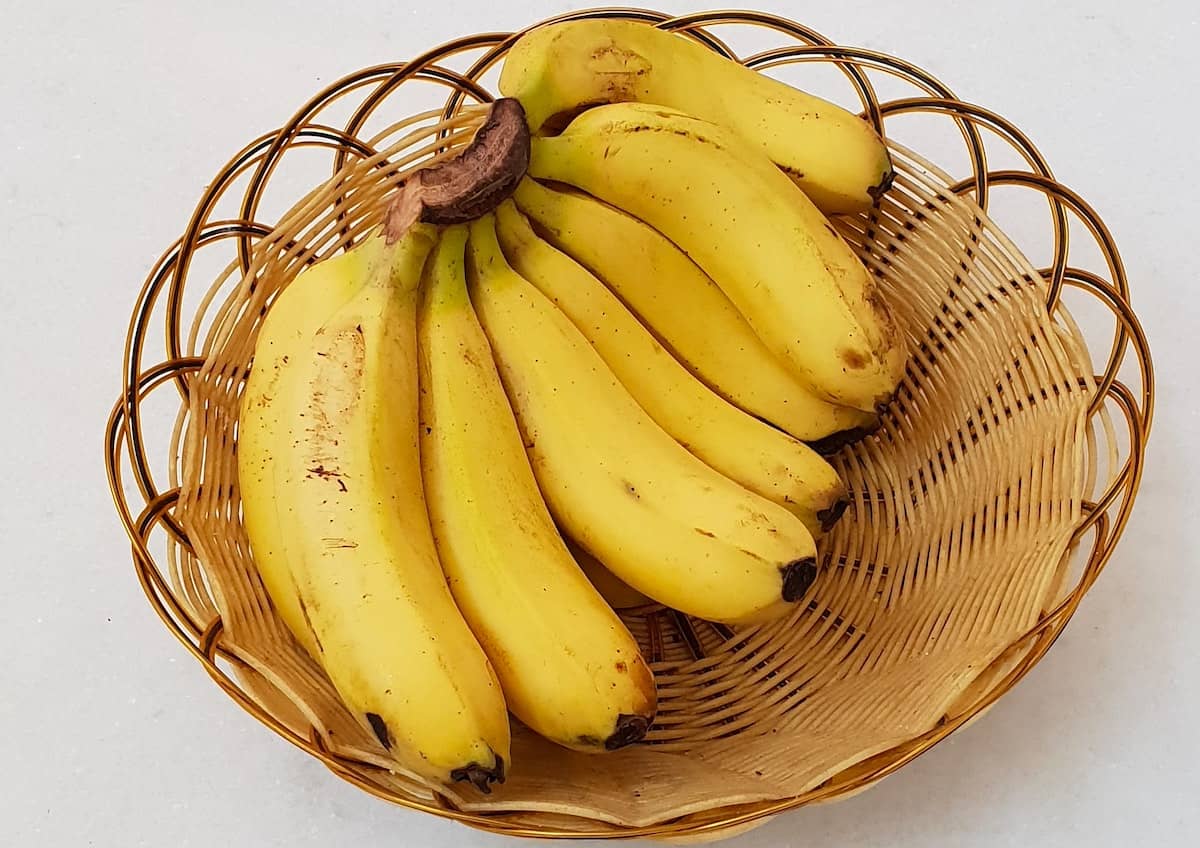

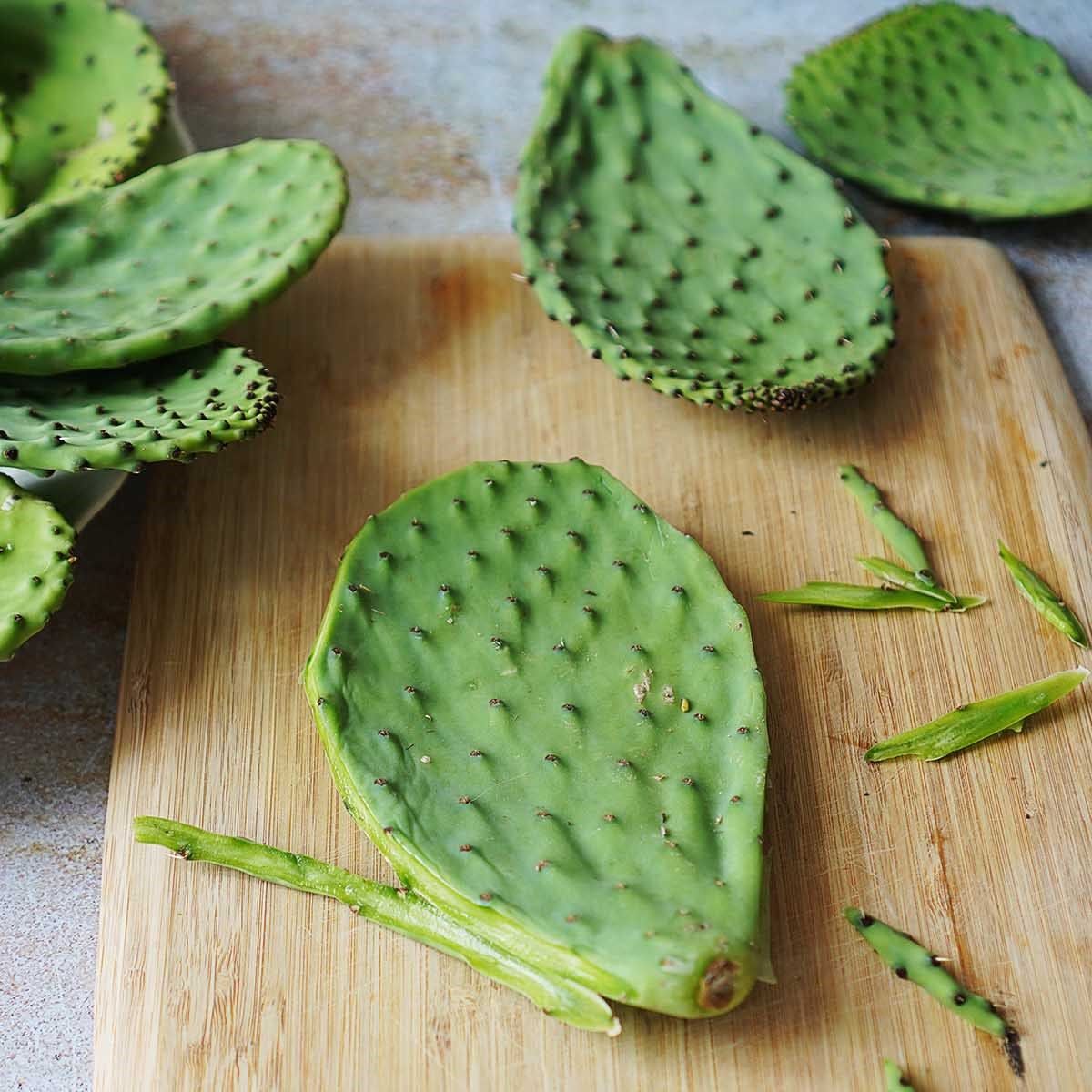
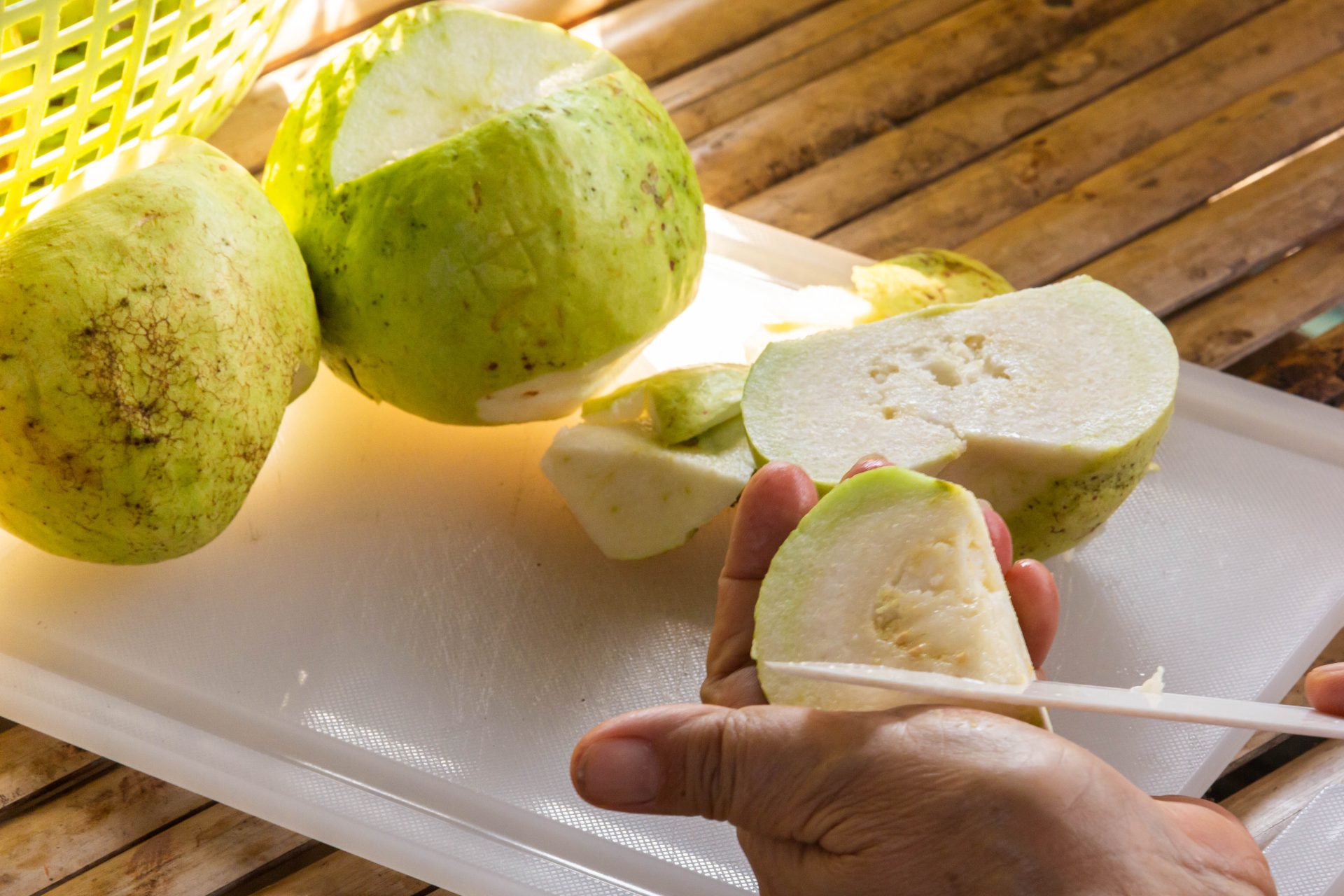
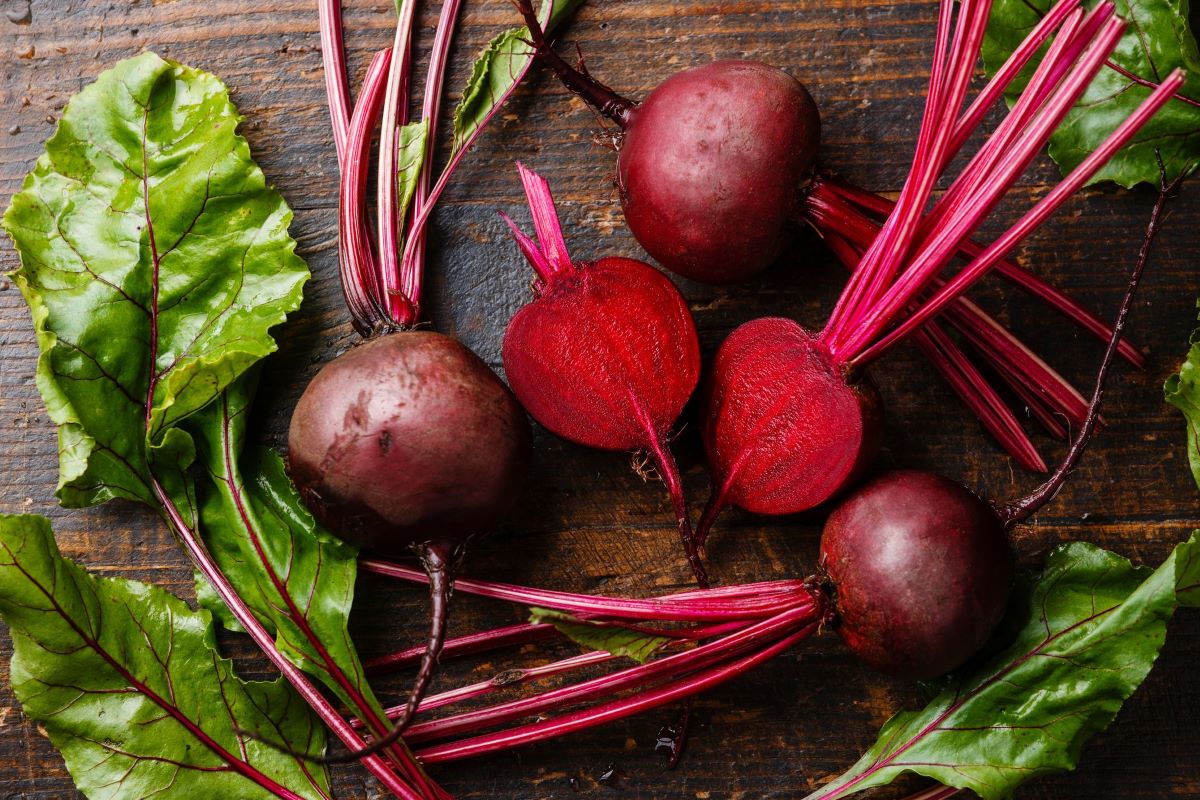
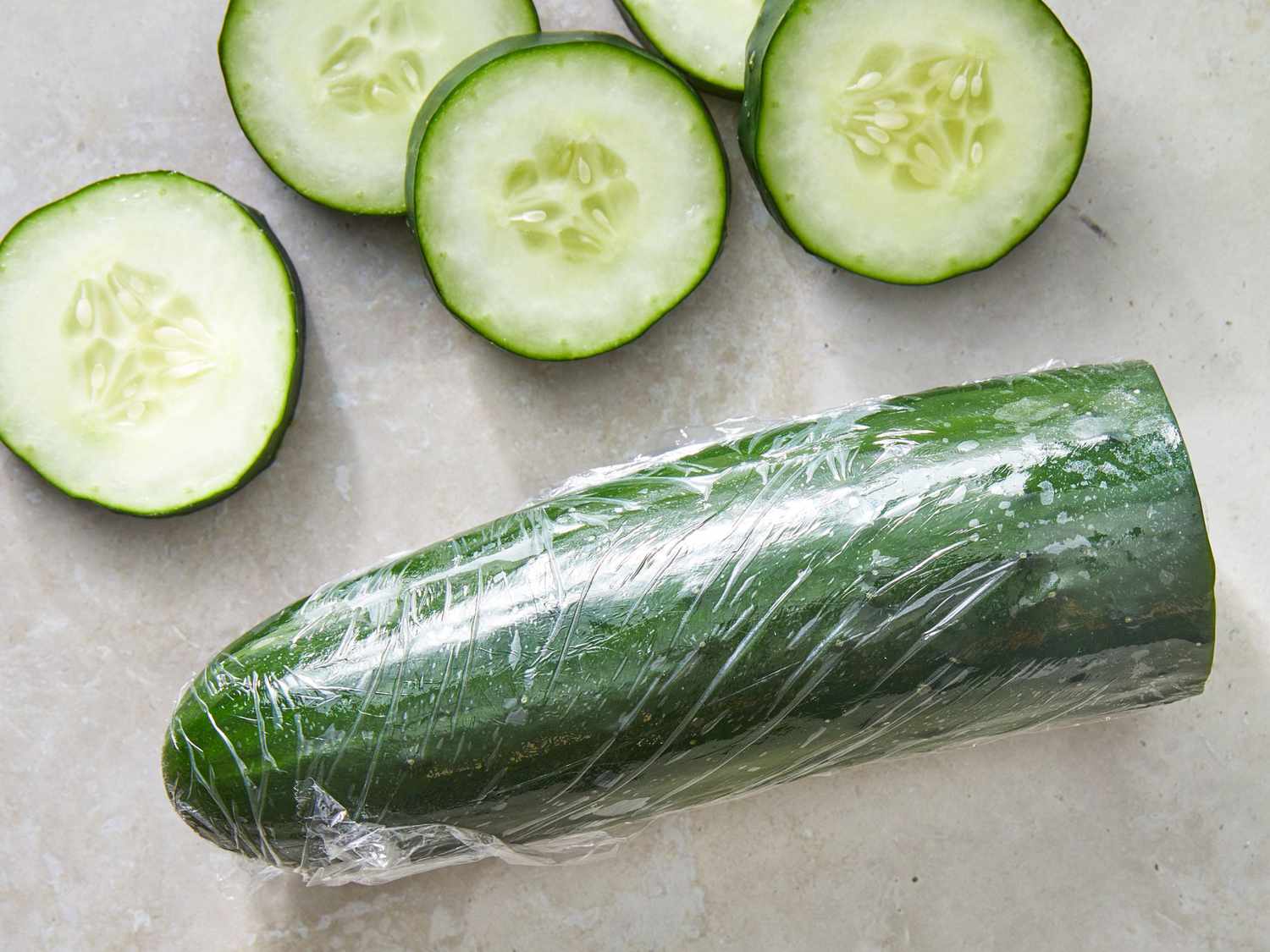
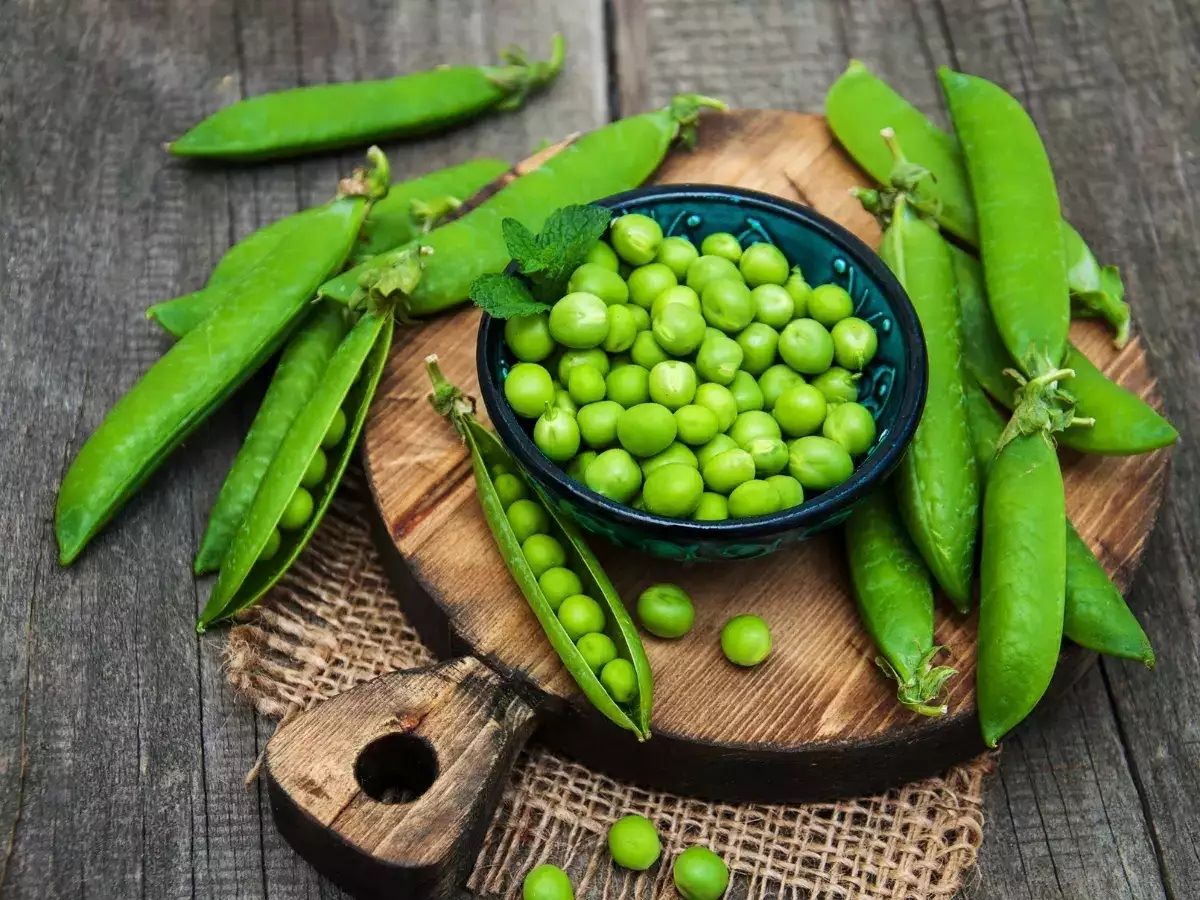
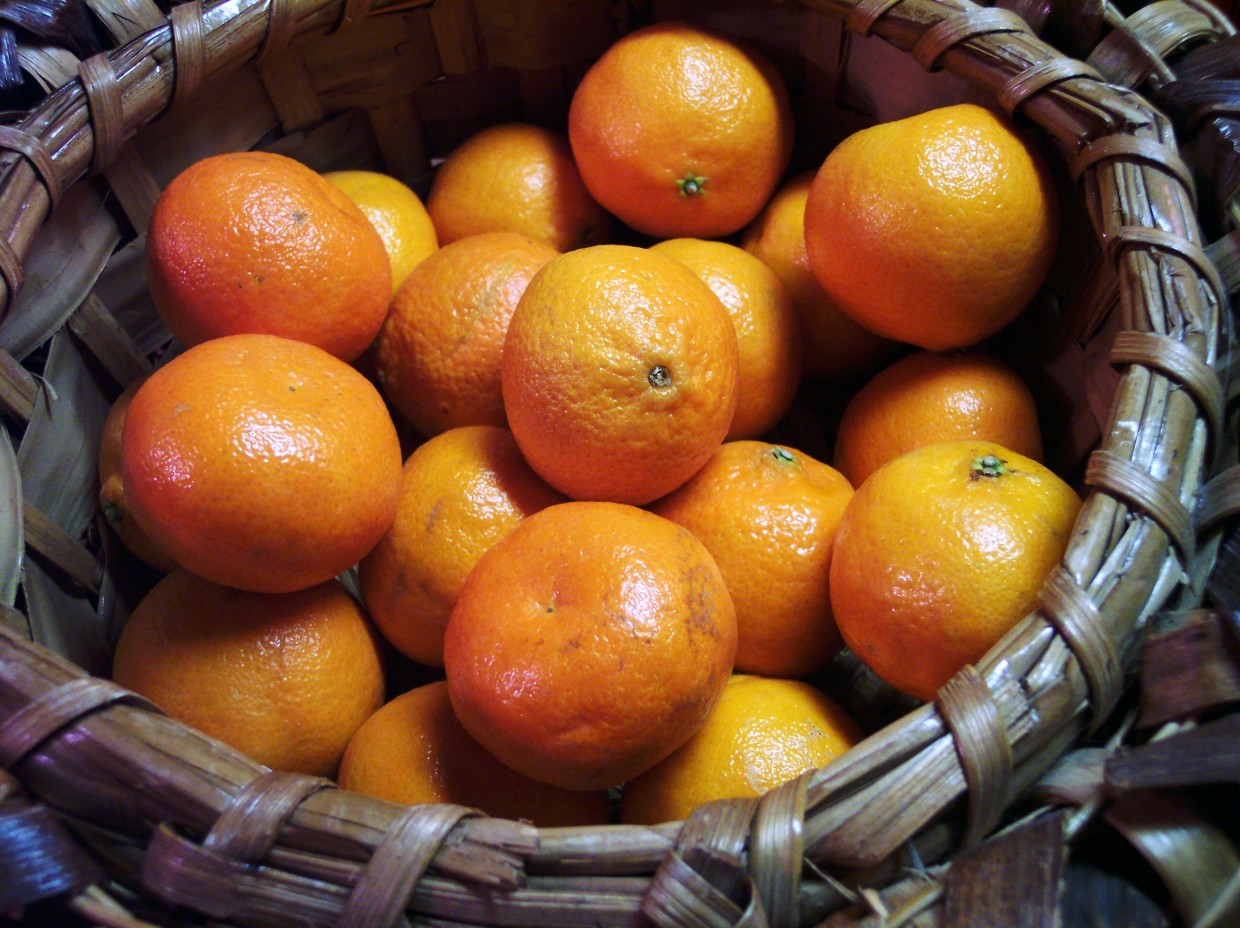
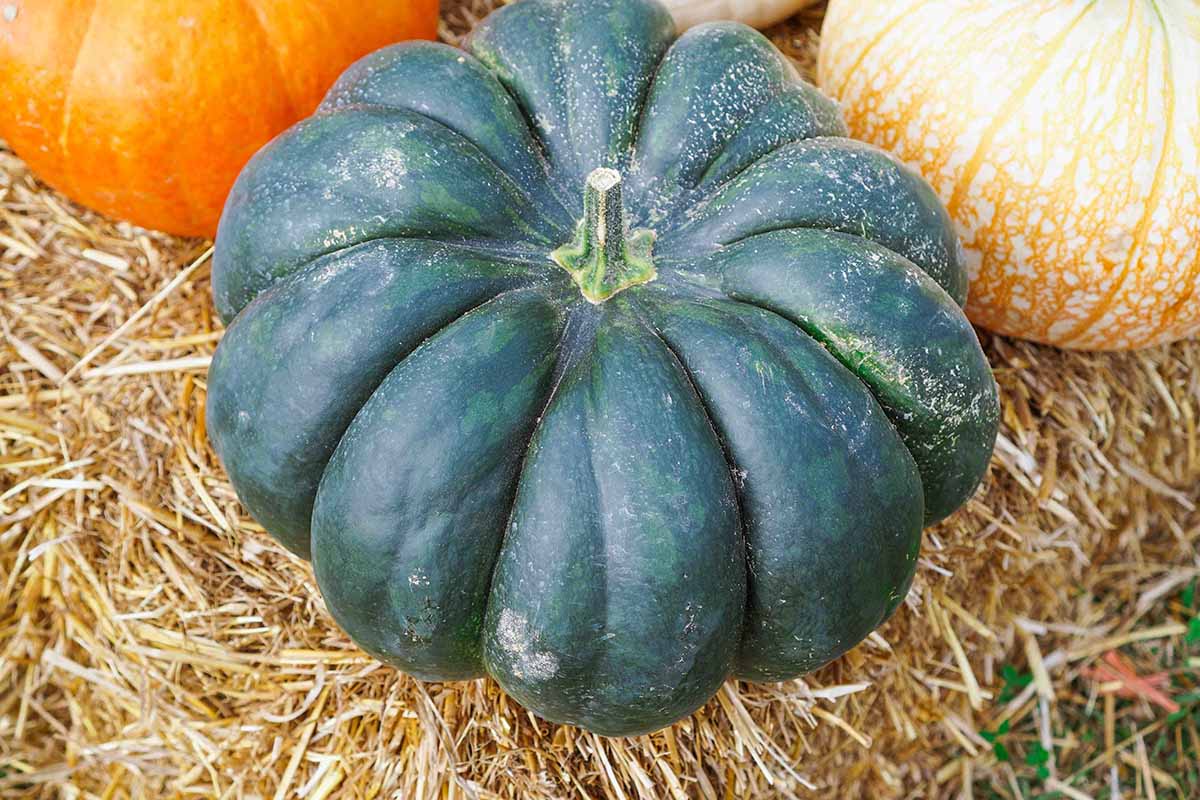
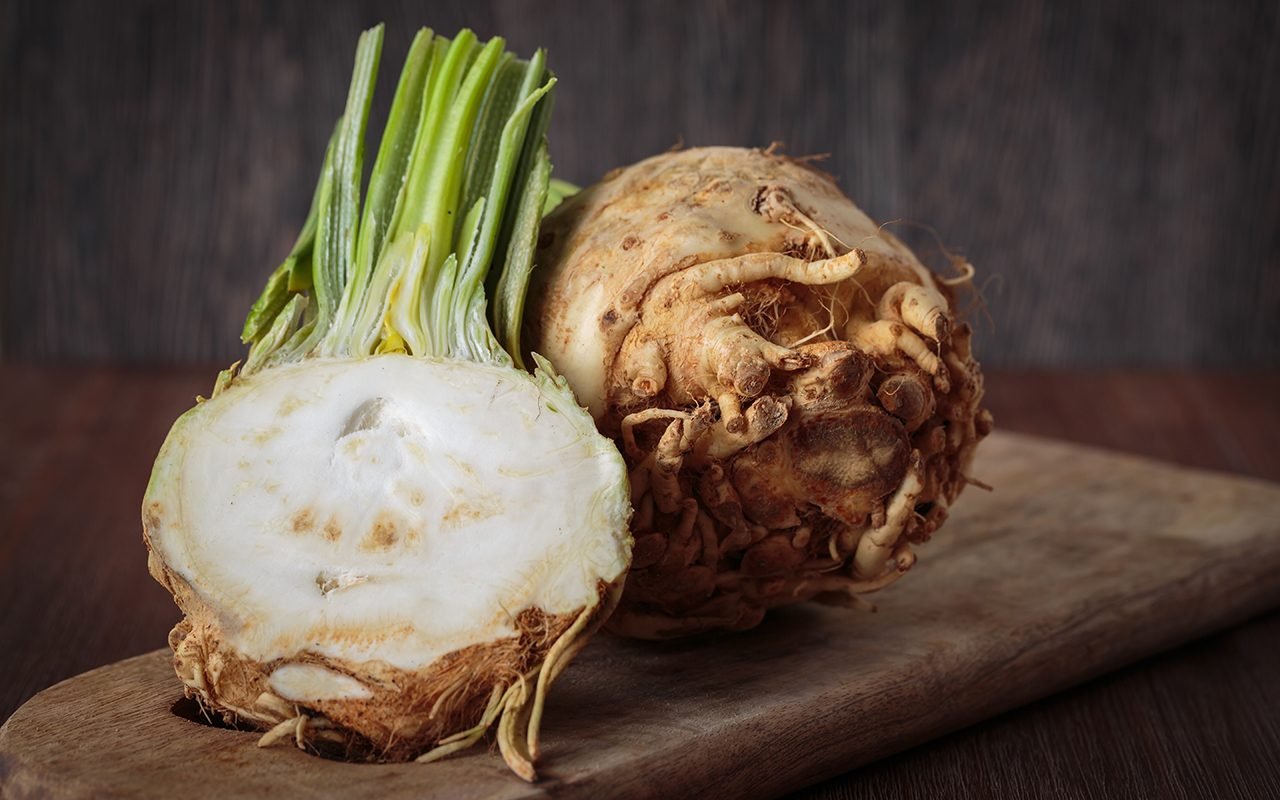
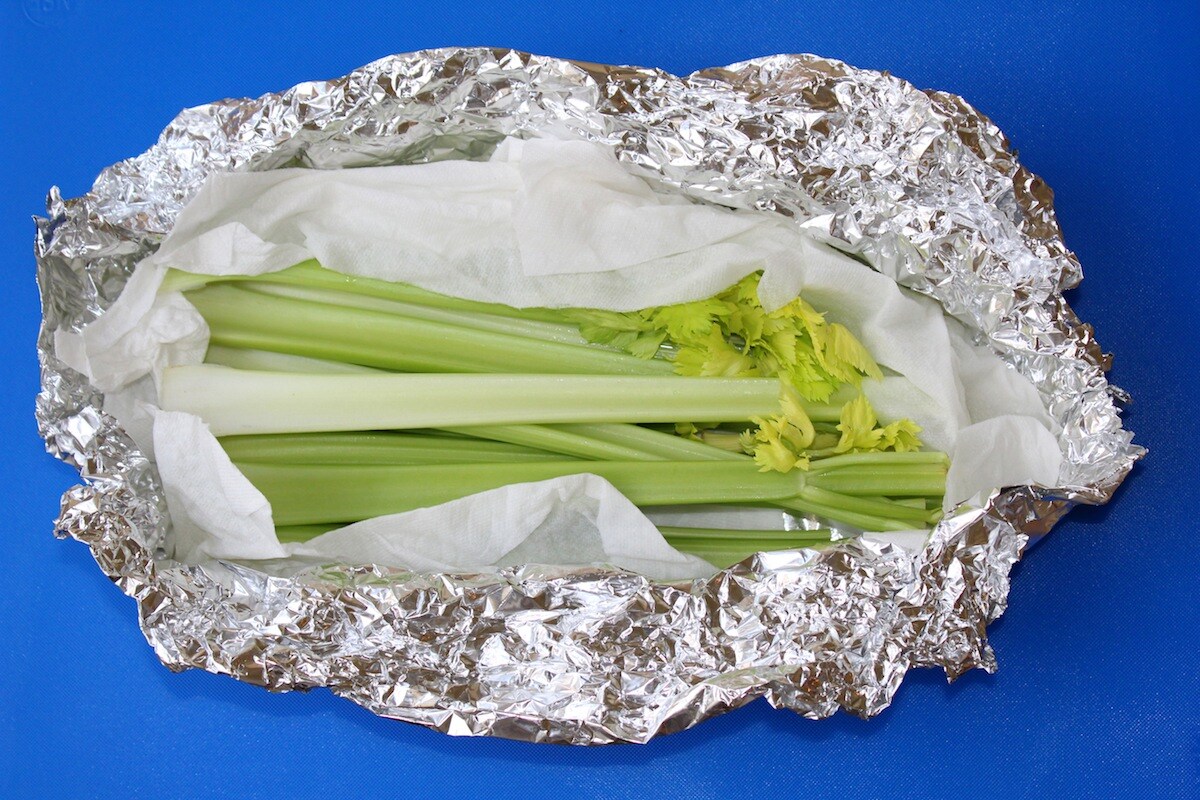

0 thoughts on “How To Store Vegetables”